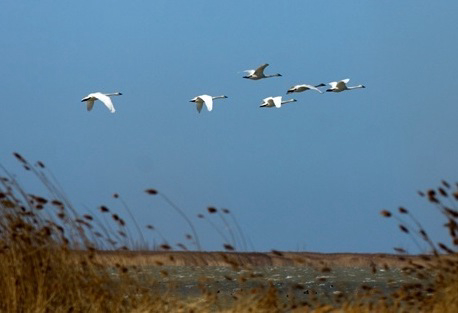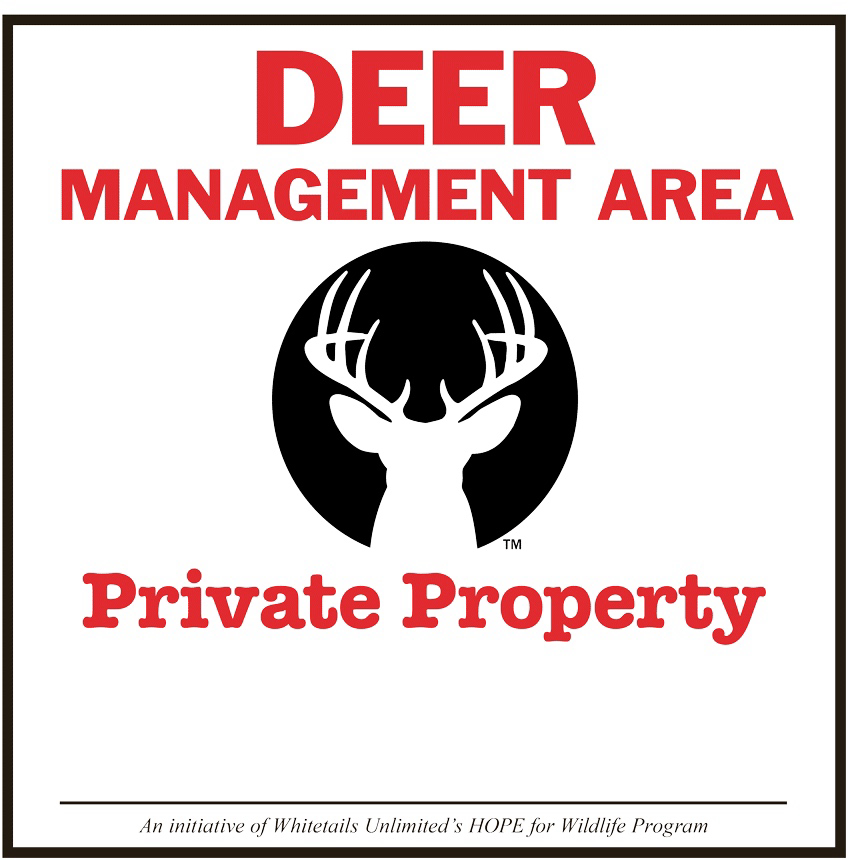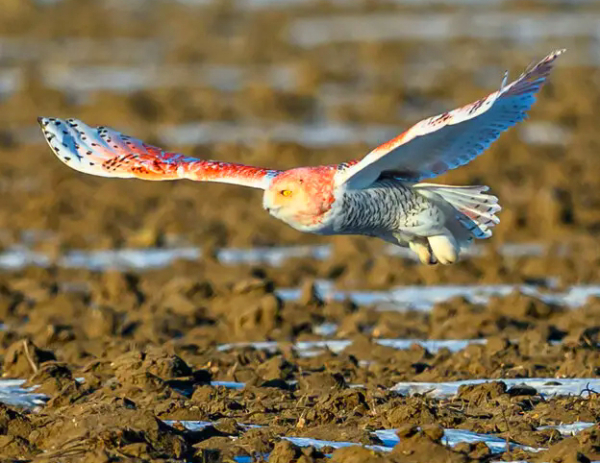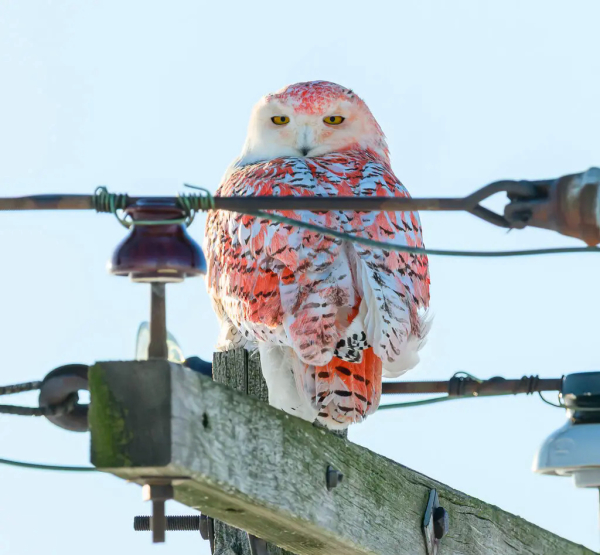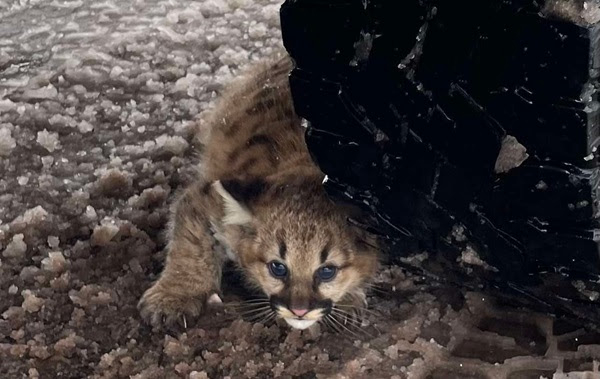Wildlife Assets to be Auctioned March 29-30 at AZGFD’s Outdoor Expo

Antlers, hides, skulls, mounts, artwork, and more will be in high demand
The Arizona Game and Fish Department (AZGFD) will auction its inventory of wildlife assets at this weekend’s 2025 Outdoor Expo at the Ben Avery Shooting Facility, about one-half of a mile west of Interstate 17 on Carefree Highway.
Antlers, hides, skulls and wildlife mounts, as well as wildlife artwork and taxidermy — seized through law enforcement investigations, obtained from animals killed in vehicle collisions, or acquired through public donations — will be sold Saturday and Sunday, March 29-30. Items can be purchased individually, by the pound, or through a silent auction (cash or credit card only). Read more

 Insecticides are available to control the insect, and in many cases, landowners can apply them easily by carefully following label instructions and application rate guidance. In Michigan, the label is the law. Due to certain restrictions on the use of these insecticides, you may need the services of a licensed pesticide application business.
Insecticides are available to control the insect, and in many cases, landowners can apply them easily by carefully following label instructions and application rate guidance. In Michigan, the label is the law. Due to certain restrictions on the use of these insecticides, you may need the services of a licensed pesticide application business. 
 Once on the verge of disappearing from the state, moose were successfully reintroduced in the western Upper Peninsula from Canada in the mid-1980s.
Once on the verge of disappearing from the state, moose were successfully reintroduced in the western Upper Peninsula from Canada in the mid-1980s.
